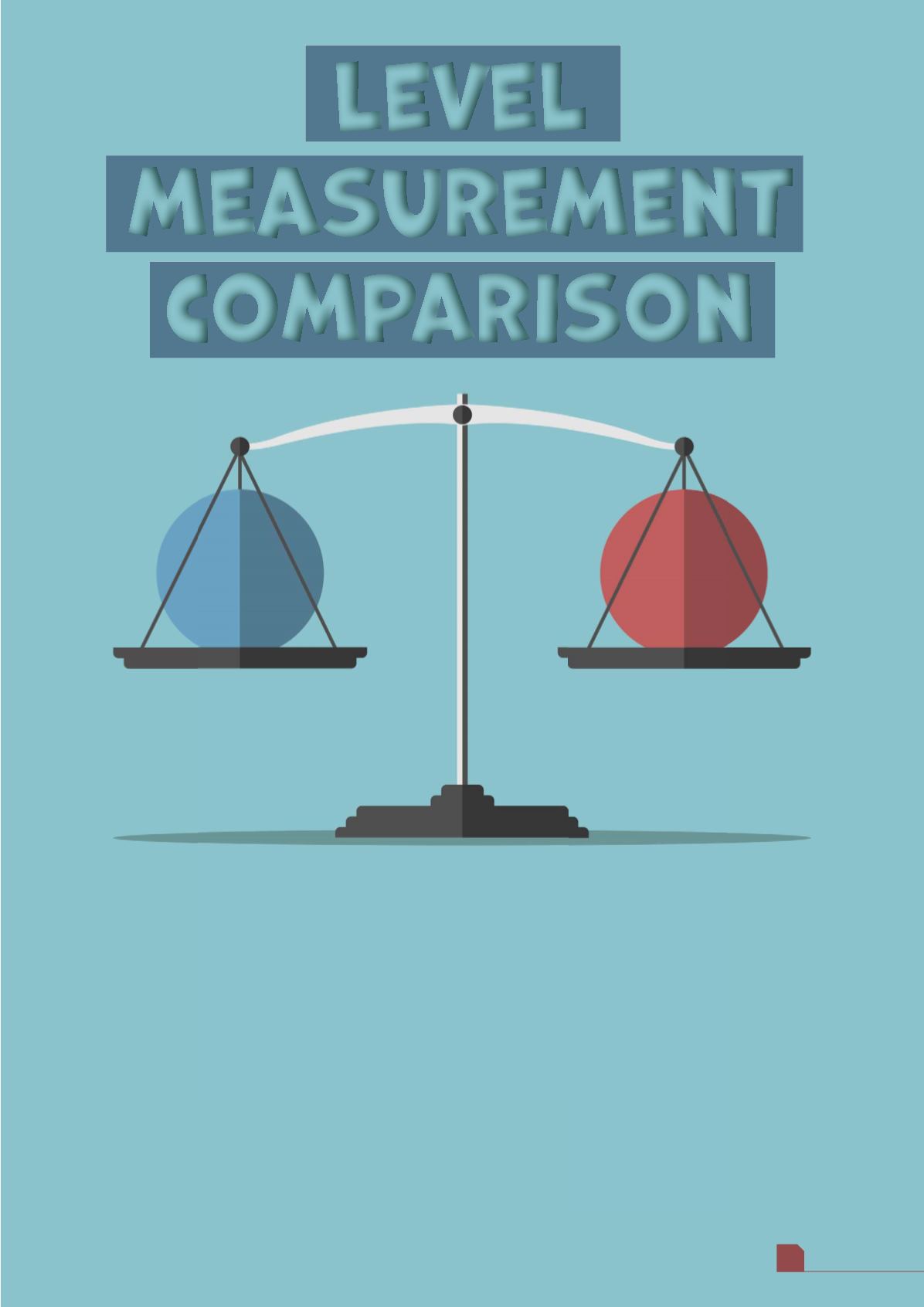
July
2020
51
HYDROCARBON
ENGINEERING
S
team boiler drums are commonly used in refineries,
power plants, and petrochemical facilities around the
world. Optimising the steam drum and using them as
safely and efficiently as possible requires a reliable
water level measurement.
If water levels in the steam boiler run too high, operators
run the dangerous risk of an overfill, and water levels
dropping too low can cause significant damage to expensive
equipment, in addition to costs associated with the resultant
downtime for repairs. Operators hold the responsibility for
running these processes efficiently by keeping the water at
an optimal, high level while maintaining the highest regard
for safety.
The American Society of Mechanical Engineers (ASME)
International Boiler and Pressure Vessel Code (BPVC) outlines
several acceptable technologies for water level measurement
inside a boiler. The two most commonly used technologies on
this list are differential pressure and guided wave radar.
Understanding the limitations of each technology and the
factors affecting their reliability are important first steps in
determining which level measurement technology should be
used. This article will discuss the differences between
differential pressure and guided wave radar, summarising their
advantages and disadvantages for level measurement in boiler
drums with a particular importance placed on increasing safety
during startup and shutdown.
Phil Deaton, VEGA Americas,
looks at the advantages and disadvantages of
differential pressure and guided wave radar technologies for level measurement in
steam boiler drums.








